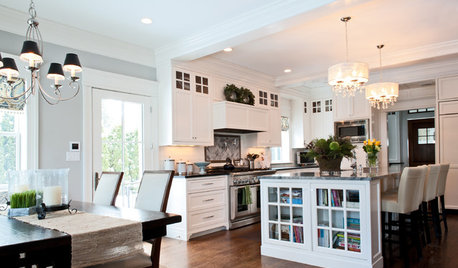Foam insulation in existing walls - good idea?
pompeii
16 years ago
Featured Answer
Comments (13)
bry84
16 years agopompeii
16 years agoRelated Professionals
Chino Hills Solar Energy Systems · Moorpark Solar Energy Systems · Waltham Solar Energy Systems · Western Springs Solar Energy Systems · Hainesport Home Builders · North Bellport Home Builders · Clarksburg Home Builders · Cliffside Park Home Builders · Troutdale Home Builders · Waimalu Home Builders · Wasco Home Builders · Burlington Roofing & Gutters · Mounds View Roofing & Gutters · Summit Roofing & Gutters · West Orange Roofing & Gutterspompeii
16 years agosolargary
16 years agowoodinvirginia
16 years agopompeii
16 years agofandlil
16 years agopompeii
16 years agopompeii
16 years agoinsl8tr_msn_com
13 years agogator41rick_frii_com
12 years agoOttawa Insulation
last year
Related Stories

MATERIALSInsulation Basics: What to Know About Spray Foam
Learn what exactly spray foam is, the pros and cons of using it and why you shouldn’t mess around with installation
Full Story
GREEN BUILDINGInsulation Basics: Heat, R-Value and the Building Envelope
Learn how heat moves through a home and the materials that can stop it, to make sure your insulation is as effective as you think
Full Story
REMODELING GUIDESCool Your House (and Costs) With the Right Insulation
Insulation offers one of the best paybacks on your investment in your house. Here are some types to discuss with your contractor
Full Story
GREEN BUILDINGInsulation Basics: Designing for Temperature Extremes in Any Season
Stay comfy during unpredictable weather — and prevent unexpected bills — by efficiently insulating and shading your home
Full Story
GREEN BUILDINGInsulation Basics: Natural and Recycled Materials
Consider sheep’s wool, denim, cork, cellulose and more for an ecofriendly insulation choice
Full Story
GREEN BUILDINGEcofriendly Cool: Insulate With Wool, Cork, Old Denim and More
Learn about the pros and cons of healthier alternatives to fiberglass and foam, and when to consider an insulation switch
Full Story
WINDOW TREATMENTSEasy Green: 9 Low-Cost Ways to Insulate Windows and Doors
Block drafts to boost both warmth and energy savings with these inexpensive but effective insulating strategies
Full Story
KNOW YOUR HOUSEKnow Your House: The Basics of Insulated Concrete Form Construction
Get peace and quiet inside and energy efficiency all around with this heavy-duty alternative to wood-frame construction
Full Story
HOUZZ TOURSMy Houzz: Goodwill and Good Taste in a Grand Colonial
Welcoming the community for charity fundraisers and more, this Massachusetts home radiates graciousness
Full Story
GARDENING AND LANDSCAPINGBe a Good Sport: Build a Backyard Basketball Court
With March Madness in the air, be the coolest parent ever or live out your own hoop dreams with a slammin' basketball court
Full StorySponsored






gardeninprogress